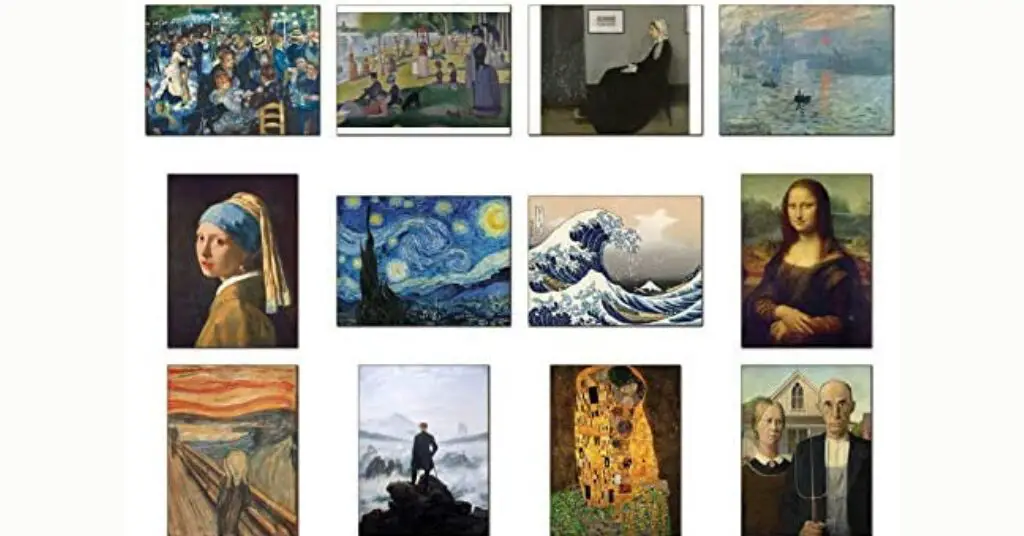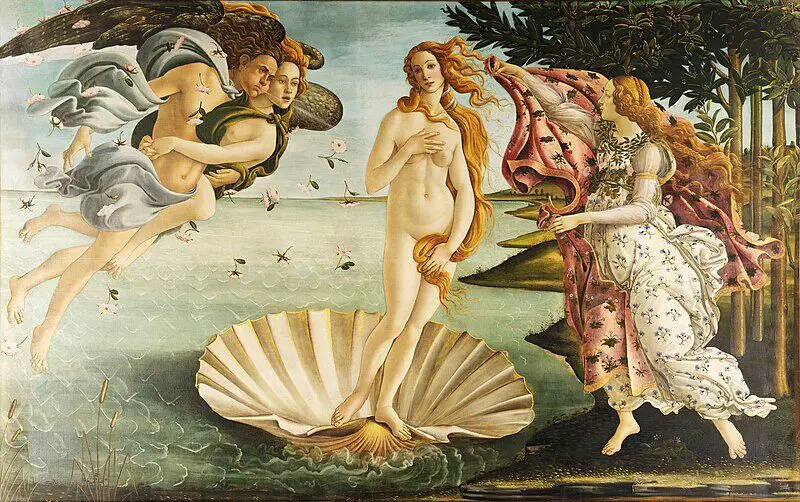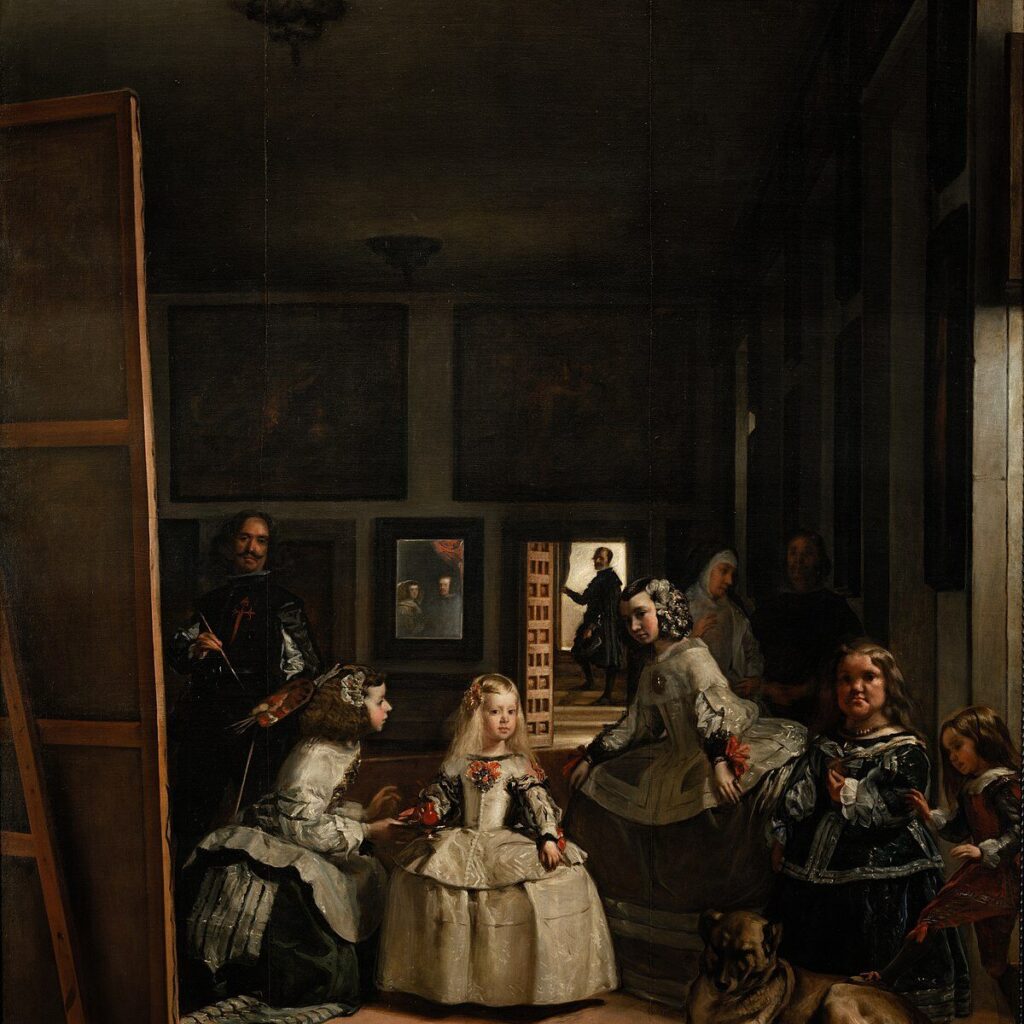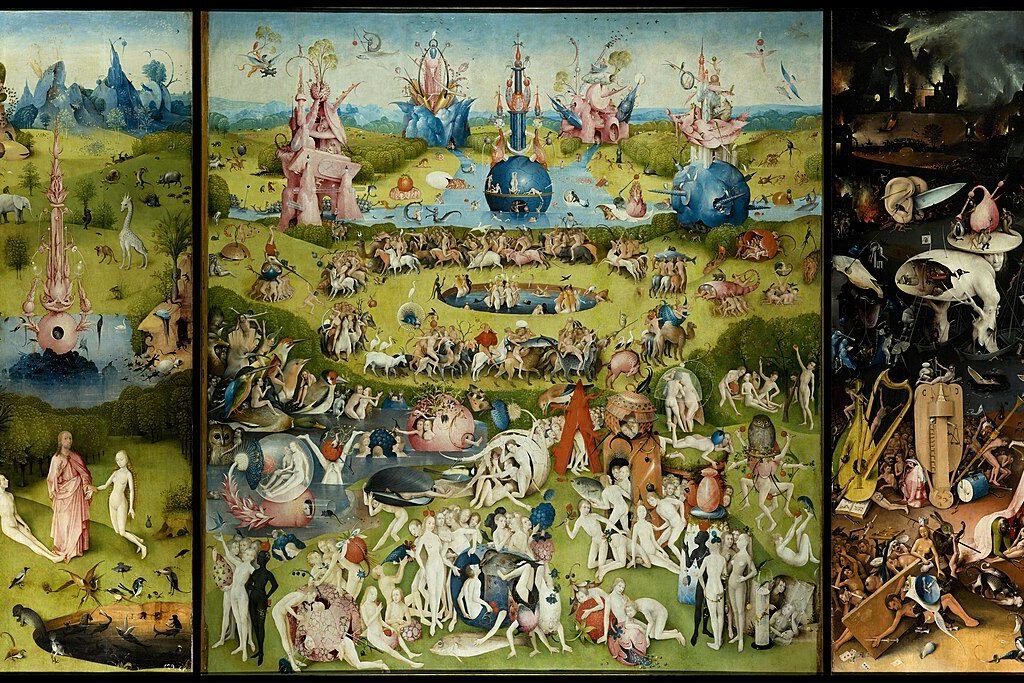
Have you ever stood before a renowned painting, captivated by its beauty yet unsure of its deeper meaning? Perhaps a scene unfolds, but a lingering sense of mystery persists. This, my friends, is the magic of symbolism in art. Beyond the brushstrokes and colors lies a hidden language, waiting to be deciphered.
In this captivating exploration, we’ll delve into the world of art symbolism, unlocking the secrets embedded within famous masterpieces. Prepare to be surprised as we uncover layers of meaning, unveil fascinating stories, and gain a whole new appreciation for the artistic genius who dared to paint beyond the surface.
A Language Beyond Words: Why Symbolism Matters in Art
Symbolism in art is a powerful tool that allows artists to communicate complex ideas and emotions in a subtle yet impactful way. These symbols can be objects, figures, colors, or even compositions themselves. Understanding these symbols unlocks a deeper layer of meaning, enriching our experience of the artwork.
Think of a painting as a conversation – the artist speaks through their work, and by deciphering the symbols, we become active participants in the dialogue. Symbols can evoke historical references, religious beliefs, or even personal experiences of the artist, adding depth and complexity to the piece.
Decoding the Classics: Unveiling the Secrets of Famous Paintings
Let’s embark on a journey through time, uncovering the symbolism woven into some of the world’s most celebrated paintings:
- The Birth of Venus by Sandro Botticelli: This iconic image depicts the arrival of Venus, the Roman goddess of love and beauty. However, a closer look reveals a seashell, symbolizing rebirth and the cycle of life. The wind god Zephyr propels Venus forward, while the nymph Flora showers her with flowers, representing springtime and fertility. Each element contributes to the painting’s rich tapestry of symbolism.

- Las Meninas by Diego Velázquez: This seemingly straightforward portrait of the Spanish royal family is brimming with hidden meanings. The inclusion of a dwarf and a large canvas in the background hints at the complex court politics of the time. Velázquez himself appears painting the king and queen, blurring the lines between reality and illusion and inviting viewers to question the very nature of art.

- The Garden of Earthly Delights by Hieronymus Bosch: This triptych, a three-paneled work, depicts a fantastical landscape teeming with symbolism. The left panel showcases the Garden of Eden, while the center panel portrays humanity succumbing to sin. The right panel depicts a nightmarish scene of hell. The vivid imagery and intricate details in Bosch’s work are a fascinating glimpse into medieval beliefs about morality and the afterlife.

These are just a few examples, and the possibilities are endless! From the use of religious iconography in Renaissance art to the incorporation of political satire in modern pieces, symbolism is a thread woven throughout the history of art.
The Power of Perception: How Symbolism Enhances Your Art Appreciation
Understanding symbolism empowers you to become a more active and engaged art observer. No longer are you simply a passive viewer. You become a detective, piecing together the clues left behind by the artist. This newfound awareness enhances your appreciation for the artwork, allowing to connect with the artist’s message on a deeper level.
Imagine standing before a painting and recognizing the symbolism of a broken fruit as a representation of mortality. Suddenly, the artwork takes on a new dimension, sparking a deeper emotional response and enriching your overall experience.
Beyond the Canvas: Symbolism in Everyday Life
The world around us is also filled with symbolism. Think of the national flags that represent countries, religious symbols that embody faith, or even the emojis we use in everyday communication. By understanding symbolism in art, we develop a heightened awareness of the symbolic language that permeates our daily lives.
A Never-Ending Journey: The Allure of Artistic Exploration
The beauty of symbolism in art lies in its open-ended nature. There’s no single “correct” interpretation; the meaning can evolve over time and vary from person to person. This ambiguity is what makes art so captivating – it invites us to participate in the creative process, to ponder, question, and ultimately, connect with the artist’s vision on a personal level.
So, the next time you find yourself mesmerized by a painting, take a moment to look beyond the surface. Seek out the hidden symbols, the subtle clues, and allow yourself to be drawn into the artist’s world. With each symbol you decipher, you’ll unlock a deeper layer of meaning, and gain a whole new appreciation for the power of art.
Read Similar Posts
- The Enchanting Art of Origami: From Ancient Folds to Modern Marvels
- The Art of Minimalism: Uncluttering Your Life for More
- The Science Behind Habits: Unlocking the Secrets of Lasting Change
- SpiderGwen: I Have a System?! – A Multiversal Mystery in Young Justice
Expanding Your Artistic Horizons: Tips for Exploring Symbolism in Art
Ready to embark on your own artistic adventure and become a symbol-decoding pro? Here are some tips to get you started:
- Research the Artist and Period: Understanding the artist’s background, the historical context in which the artwork was created, and the prevailing artistic movements of the time can provide valuable clues about the potential symbolism employed.
- Look for Recurring Motifs: Many artists utilize specific symbols throughout their work. Identifying recurring motifs can help you decipher their meaning within a particular piece.
- Consider the Composition: The arrangement of elements within the painting can also be symbolic. Is a figure positioned in the center of the canvas to emphasize their importance? Does the use of light and shadow create a sense of mystery or drama?
- Pay Attention to Details: No detail is insignificant. The inclusion of a specific flower, a particular type of clothing, or even the color palette chosen by the artist can all hold symbolic meaning.
- Consult Art History Resources: Art books, museum websites, and online resources can offer valuable insights into the symbolism used by different artists and artistic movements.
- Embrace the Mystery: Not every symbol will have a clear-cut explanation. Sometimes, the beauty lies in the ambiguity, allowing for personal interpretation and sparking your own imagination.
FAQs: Unlocking the Secrets of Symbolism in Art
FAQ 1: Do I need an art history degree to understand symbolism in art?
Absolutely not! While an art history background can be helpful, anyone can appreciate and explore symbolism in art. Curiosity and a willingness to learn are the key ingredients.
FAQ 2: What if I come up with a different interpretation of a symbol than what the artist intended?
The beauty of art is its subjectivity. Your interpretation is just as valid as anyone else’s, as long as it’s based on your observations and research. The key is to have a well-supported argument for your interpretation.
FAQ 3: Can symbolism be found in all art forms?
Symbolism is prevalent throughout art history, but it can also be found in other art forms. Like sculpture, architecture, and even photography. The principles of looking for recurring motifs, considering the context, and paying attention to details apply across various artistic mediums.
FAQ 4: Does modern art use symbolism?
Absolutely! Modern artists often employ symbolism to convey complex ideas and social commentary. The symbols used might be more abstract or allegorical, requiring a deeper understanding of the artist’s message. And the context in which the work was created.
FAQ 5: How can I incorporate symbolism into my own creative endeavors?
Whether you’re a painter, writer, or musician, symbolism can be a powerful tool adding depth and meaning to your work. Research symbols that resonate with you and your message. And use them subtly to evoke emotions and spark thought in your audience.

